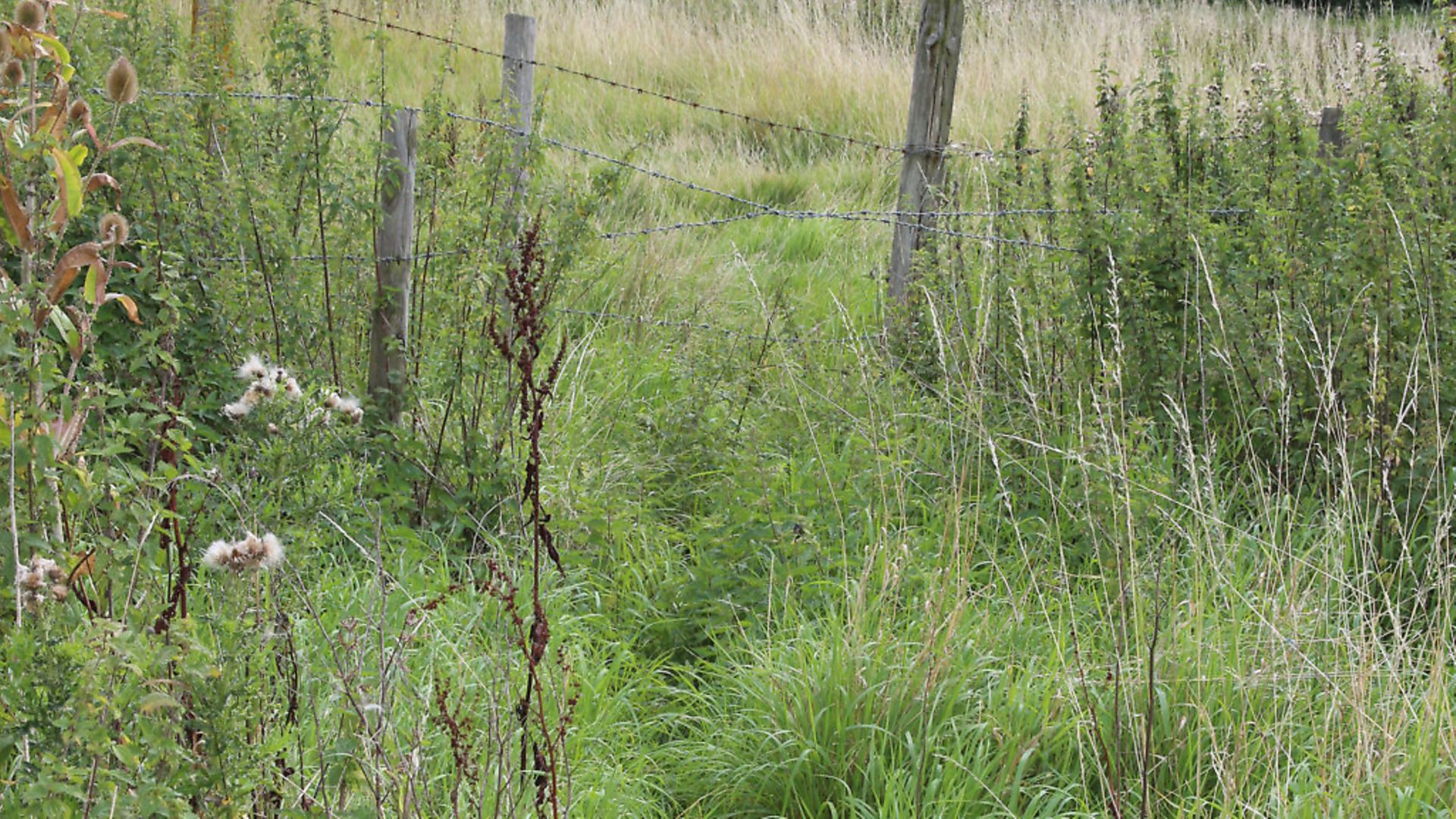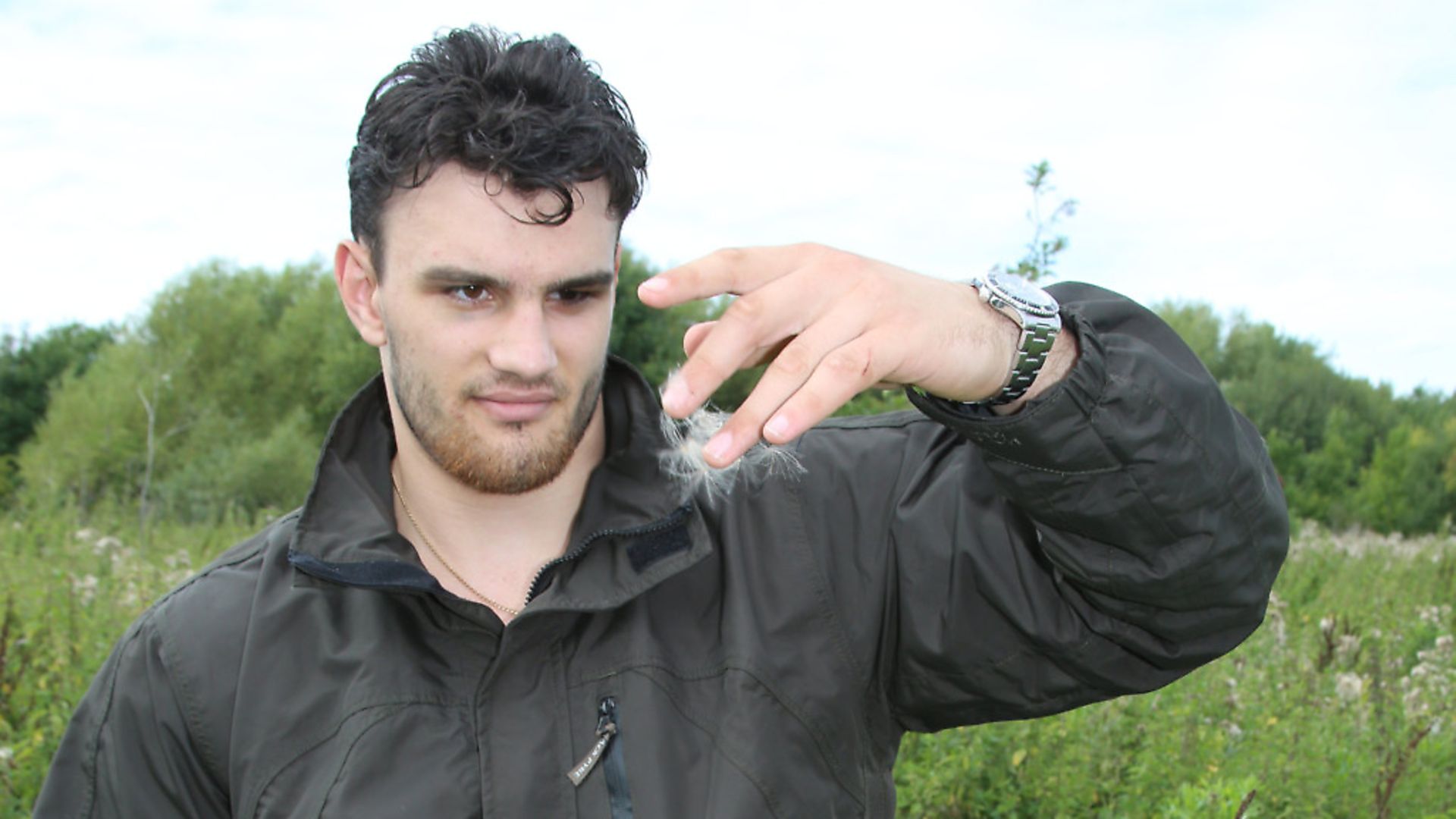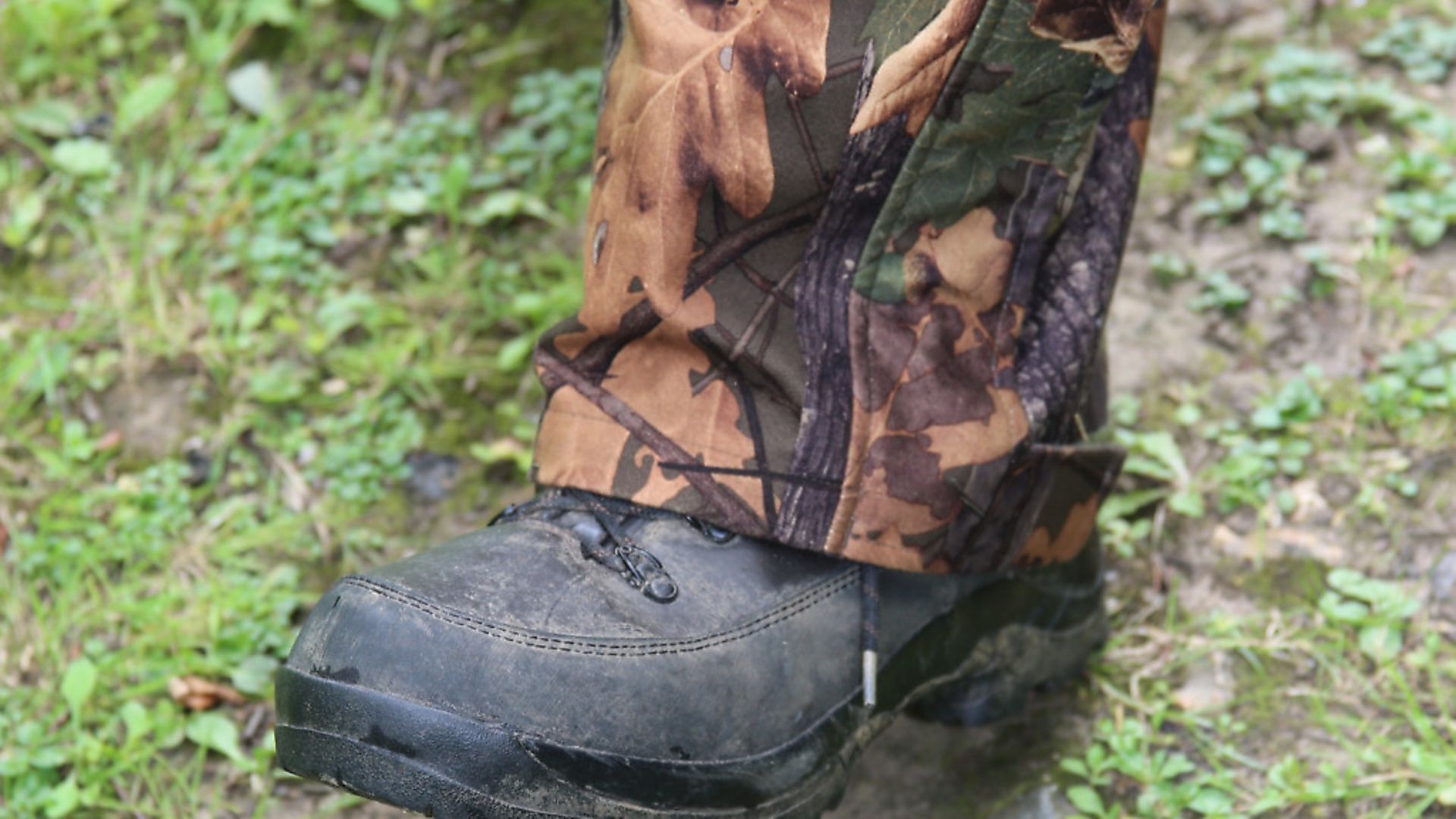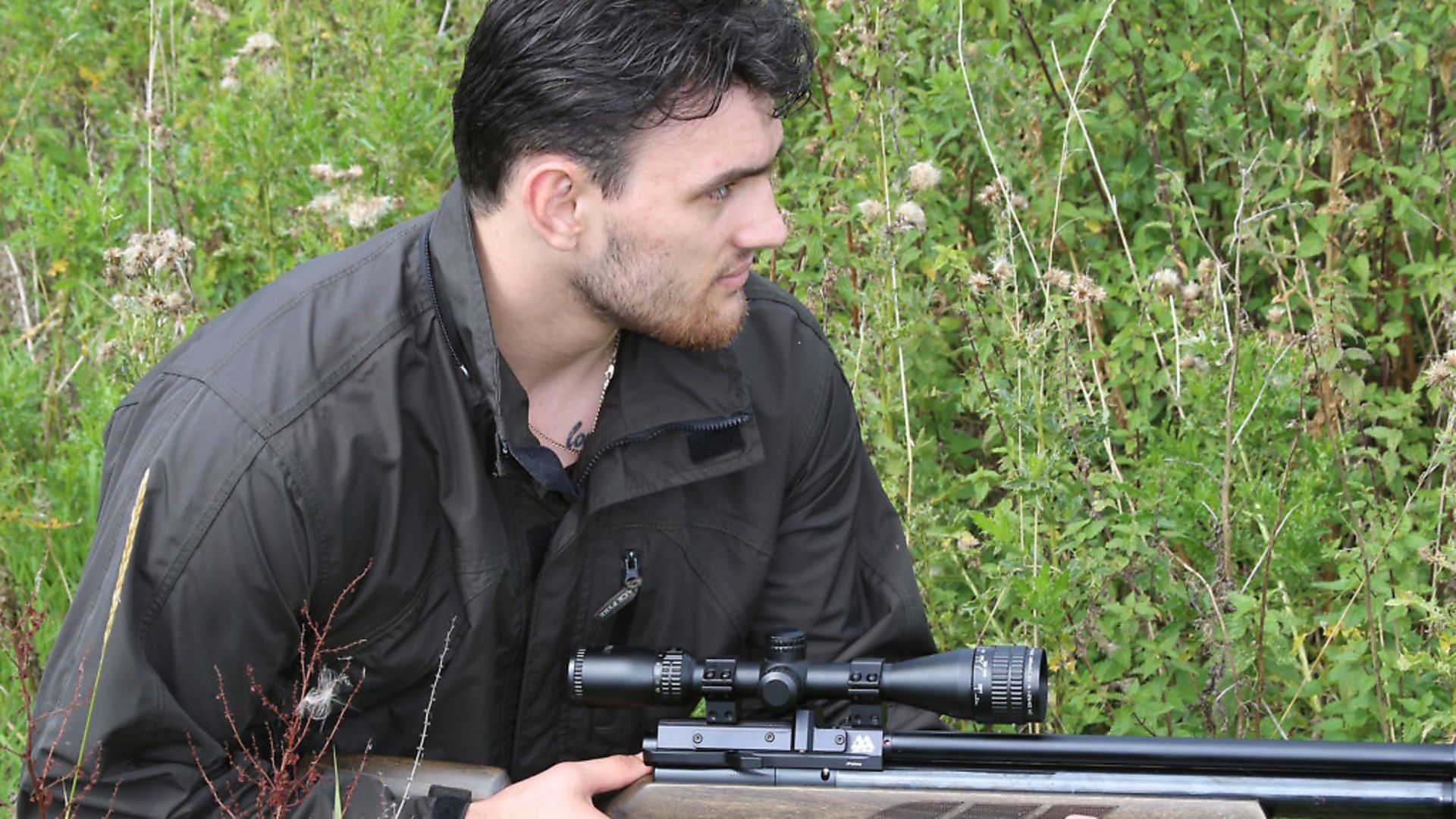Our student is determined to learn how to exploit his surroundings
 credit: Archant
credit: Archant
After studying shooting technique for the past few months, I decided I needed a change of subject. I seem to do most of my best thinking when I’m wandering around my shoot with an air rifle, so that’s what I did while I waited for inspiration to reach out and grab me. I didn’t have to wait long.
I had no intention of hunting ‘seriously’ but I put a little purpose in my walkabout and headed for a known rabbit hotspot. Sure enough, there were two rabbits visible and one was so busy feeding that I thought it was a prime candidate for stalking. Without really thinking about it, I dropped into the familiar low crouch and began a slow-motion approach. I was doing well until, about 45 yards from the feeding rabbit, I ran out of cover to hide behind. There was nothing but well-cropped grass between me and my quarry.
Now what?
 credit: Archant
credit: Archant
Better choices
By now, I was prone and studying my options, and from what I could see, there weren’t any. Then I did what I should have done in the first place and looked behind me to study an alternative stalking route. Had I taken just a few seconds to plot a better approach, I could have crept to within 35 yards, using clumps of grass, thistles, nettles and ragwort. At 35 yards on a still day like this, with my rifle rested, I could guarantee the shot, but not at 45 yards from where I was now. I tried to belly-crawl but the rabbit either saw me, scented me, or felt my approach through vibrations on the ground, and with two hops and a trot it was gone. Still at least I had a lesson to work on.
 credit: Archant
credit: Archant
Natural concealment
In fact, I got two lessons from that failed stalk. The first was ‘think before you make the approach’, and the second was to plot my stalks to take in every bit of natural concealment available to me. I have to admit that I was more excited than disappointed at the prospect of learning what I needed to know, so I was keen to get started. Here’s what I’ve learned so far.
 credit: Archant
credit: Archant
Forewarned is forearmed
The first thing I learned is that it’s a massive advantage to know my hunting territory. In really basic terms, if I know the direction of the prevailing wind and I’ve learned all about where my quarry is likely to be and what there is to hide behind between me and that quarry, I have to be in with a far better chance of successfully stalking it. That really is basic stuff, but when I spoke to my mates about it, only a couple of them said they apply any sort of planning to their hunts. Most of them told me they just turn up and see what’s about, and right away I could see that there has to be a better way than that.
 credit: Archant
credit: Archant
Wind and direction
My first job then became obvious. I had to find out the direction of the wind and plan my stalk to keep it in my face as much as possible. Before I started actually studying shooting I all but disregarded the wind, but the more I learn, the more the importance of wind-direction, and specifically how my scent will be carried by it, has been driven home to me.
You know those days when you expect to see rabbits in the usual hotspots, and there are none? Often, that won’t be down to a fox having been through just before you, or that the rabbits don’t fancy a feed, but the wind announcing your presence, sometimes a couple of fields away. One thing’s for certain; having the wind taking away your scent, and some of the noise of your approach, must be better than having that breeze giving your quarry the heads-up that you’re on the land. I always do my best to have the wind working for me.
 credit: Archant
credit: Archant
Natural cover
Scent is vitally important, then, but being sighted will usually guarantee a failed stalk, so I know I have to do my utmost to prevent my being seen. This means keeping natural cover between me and whatever I’m stalking. A stroll around my shoot, taking note of anything that would come in handy as cover. I did this in relation to the known quarry hotspots, such as warrens, feeding and drinking places, sitty trees and rabbit middens.
While I was logging all of this, taking photos on my mobile phone for reference, I noted wind direction and what was underfoot as I moved. Rabbits can ‘feel’ the vibration of our footsteps through their hindquarters and as they’re permanently connected to the ground, it’s as well to avoid crunchy gravel, snapping twigs and anything else that will give away your approach.
Static advantages
I noted that some of these natural screens were large enough and in the right position to act as ambush points. This lends itself to what’s known as static hunting and this has to be one of the easiest ways to make a decent bag of quarry. It requires no building of hides and involved minimal disturbance, so it’s well worth doing some groundwork on any potential static locations. The success of these relies on your quarry coming to you, rather than the other way round, and I think it’s all going to be about timing it right, but that’s yet another lesson for me to learn.
Conclusions
As all experienced hunters have known for years, making full use of natural screens and taking advantage of the wind is a crucial part of successful hunting. I already know it will take me years to get anything like an expert grasp of this, but the lessons have begun and I’ll turn up for my classes whenever I can. The course isn’t complicated and the rules couldn’t be more simple; I need to use everything I can to keep my intentions hidden. Here’s to the next chance to learn!
Read more from our Airgun student...
From the outside looking in